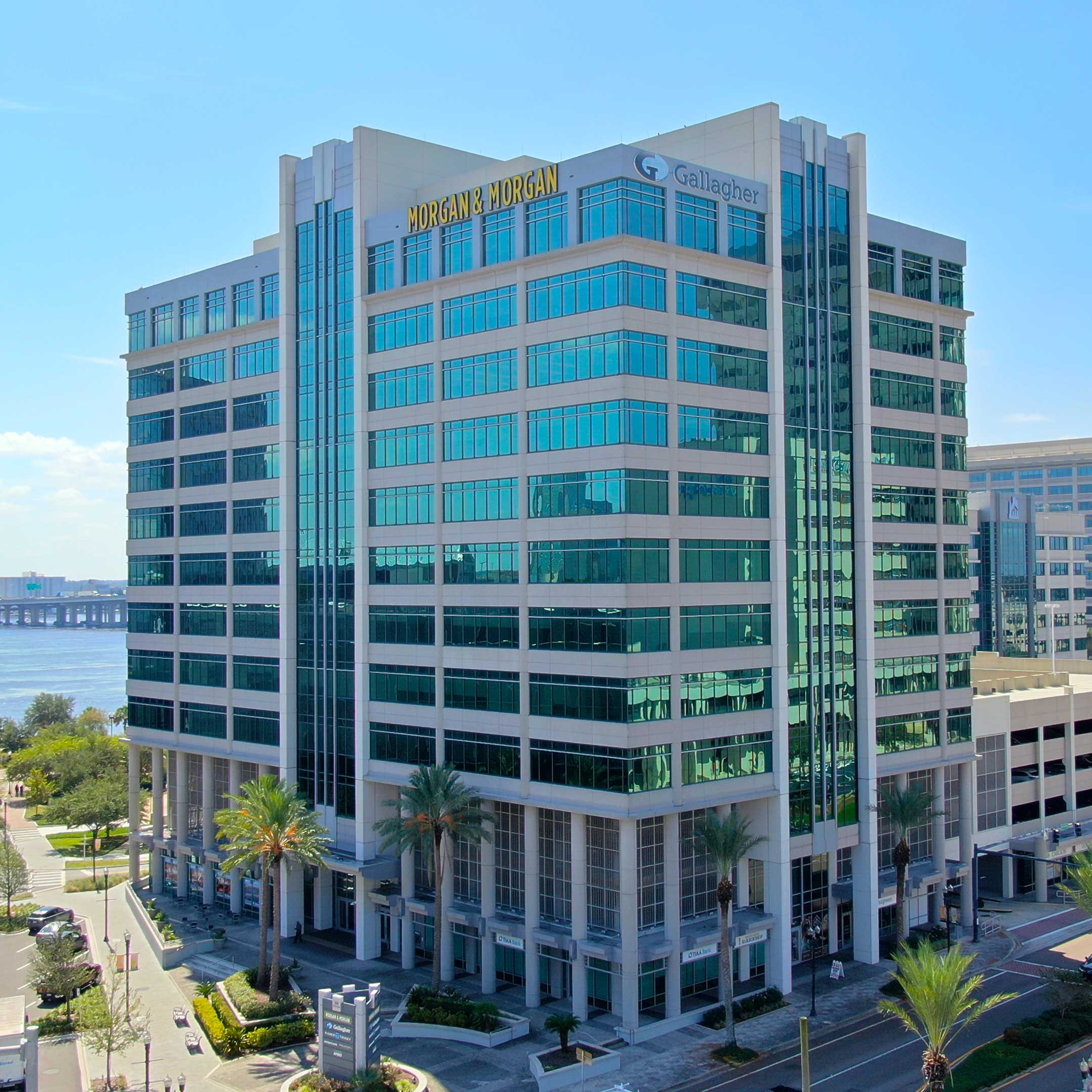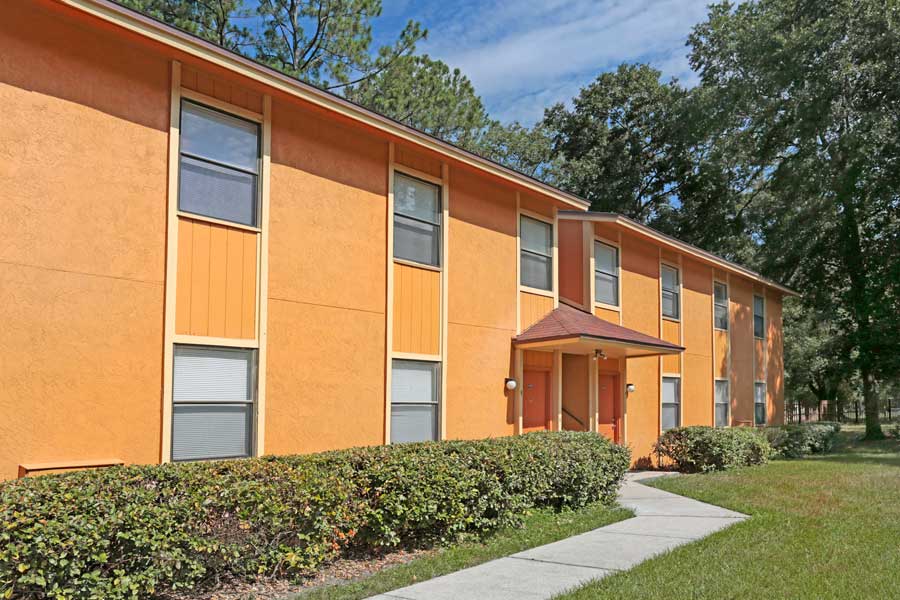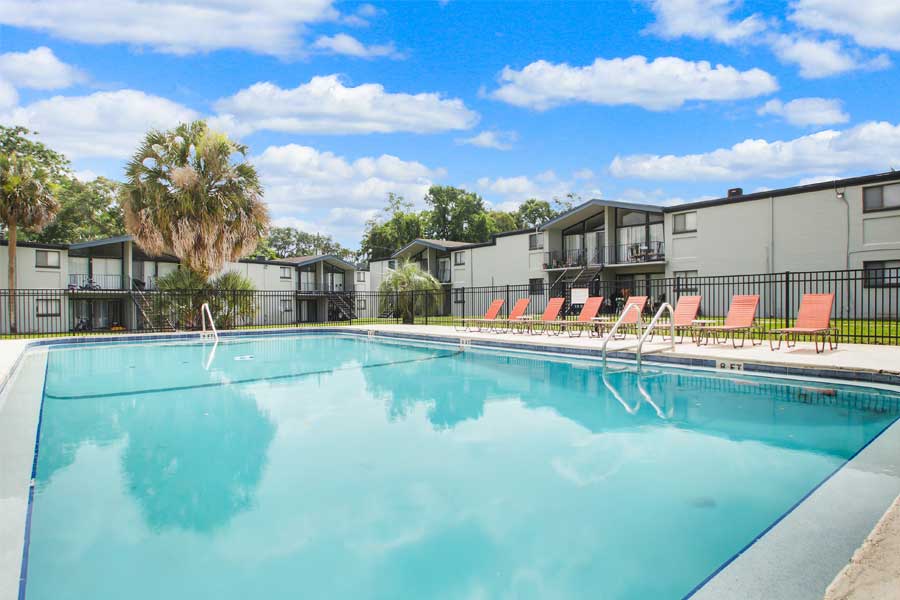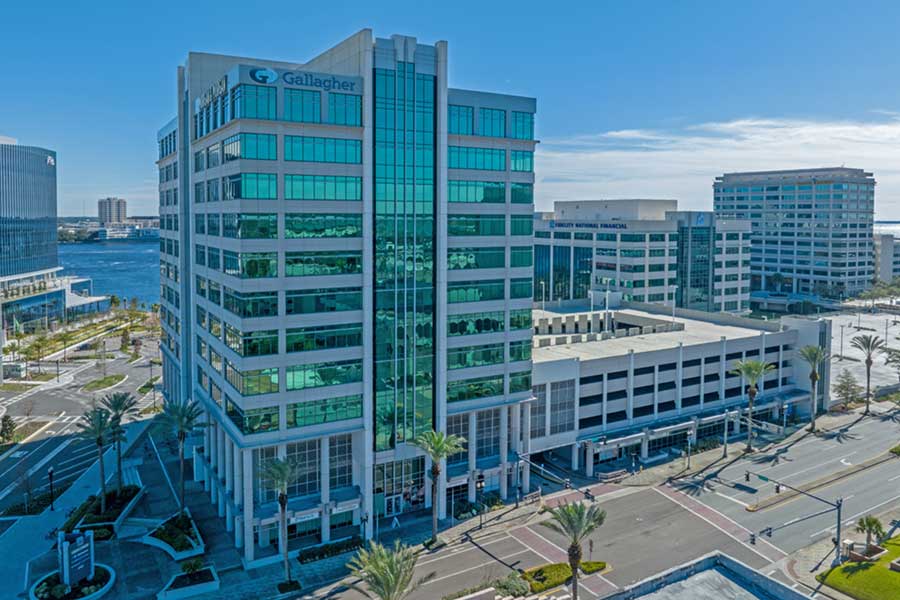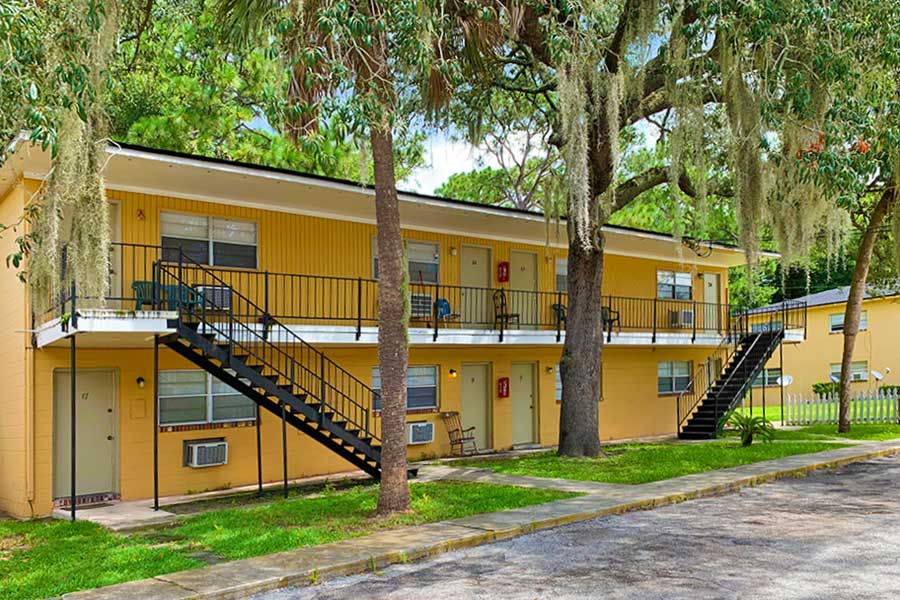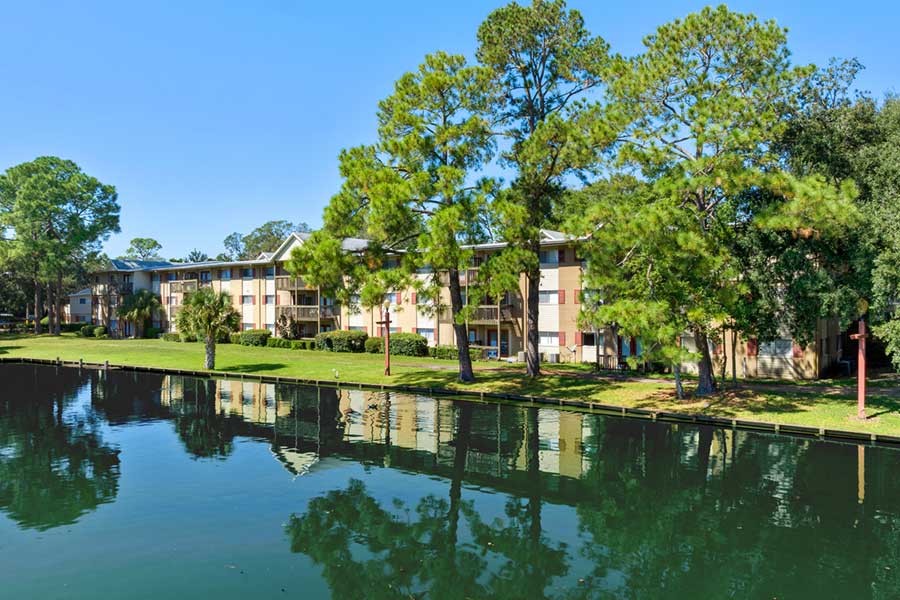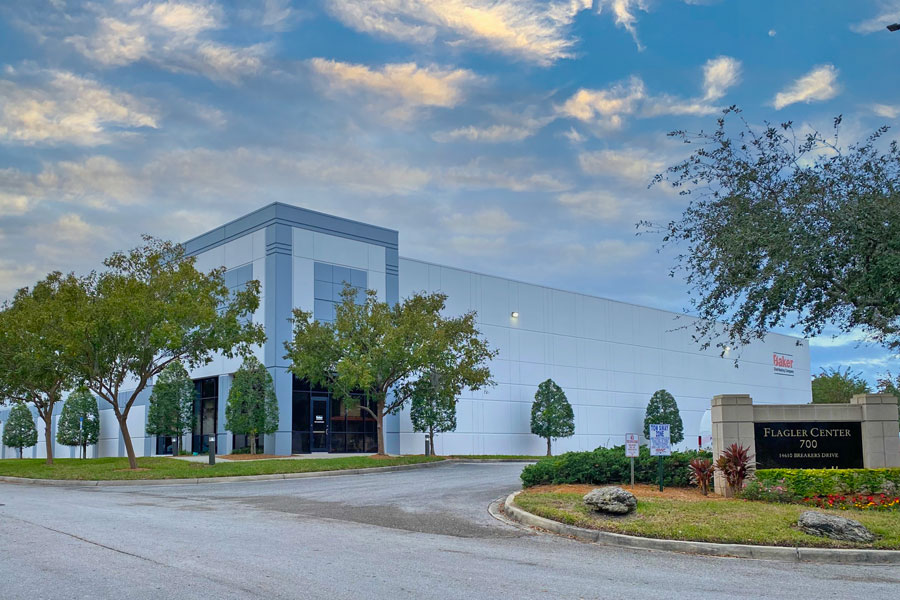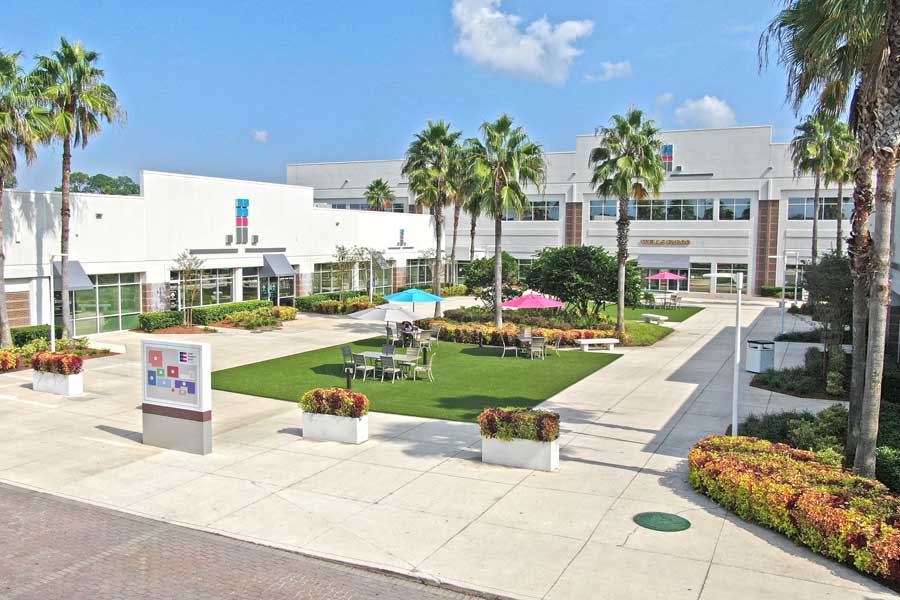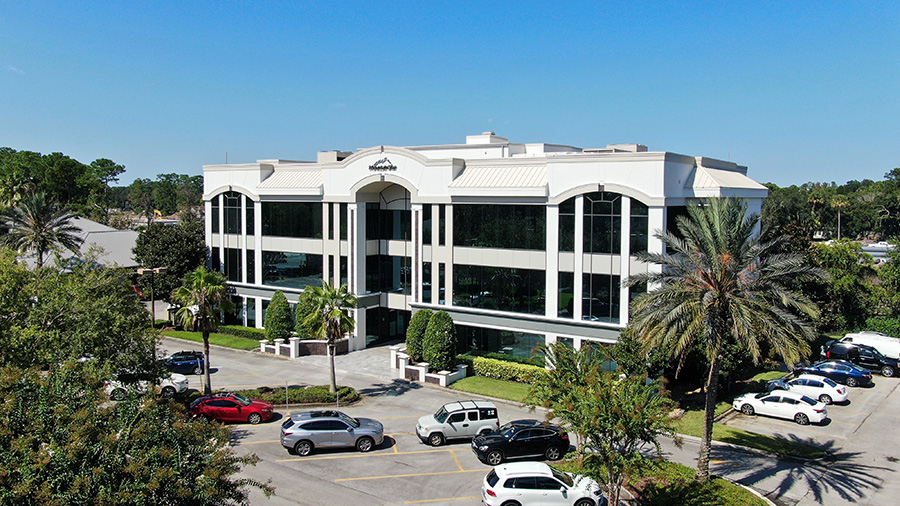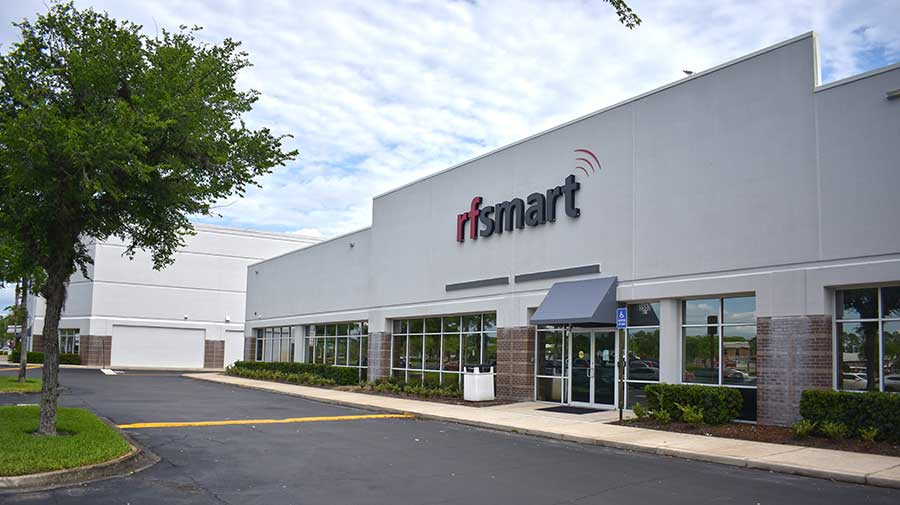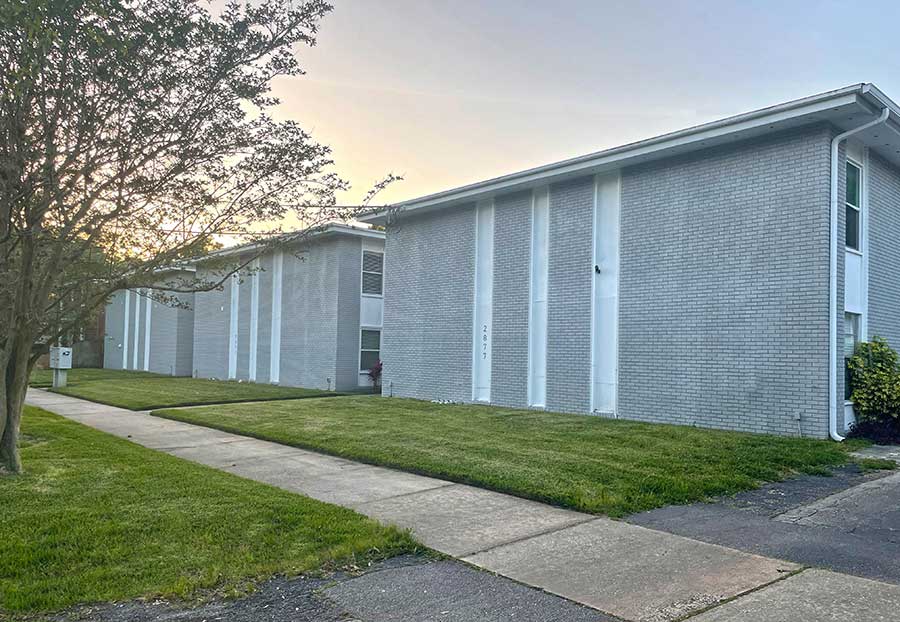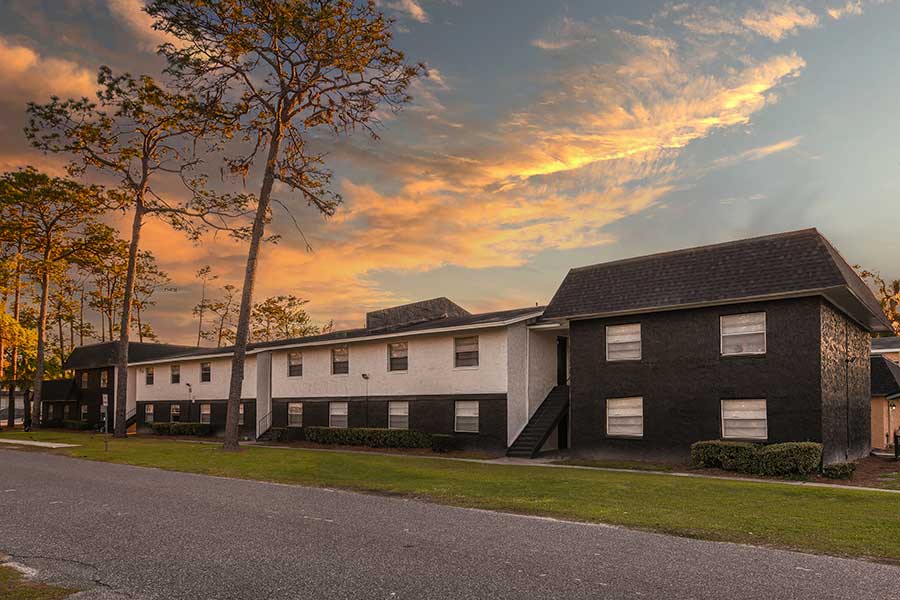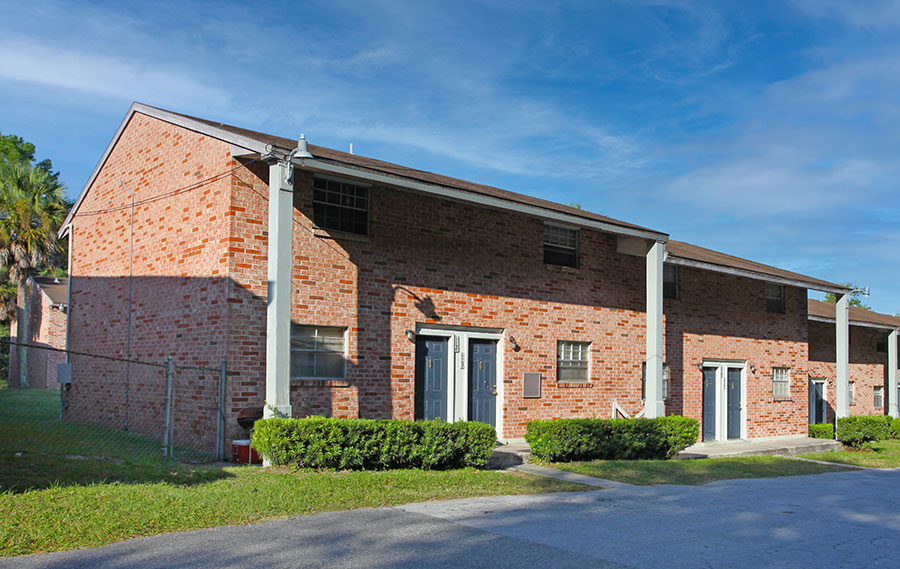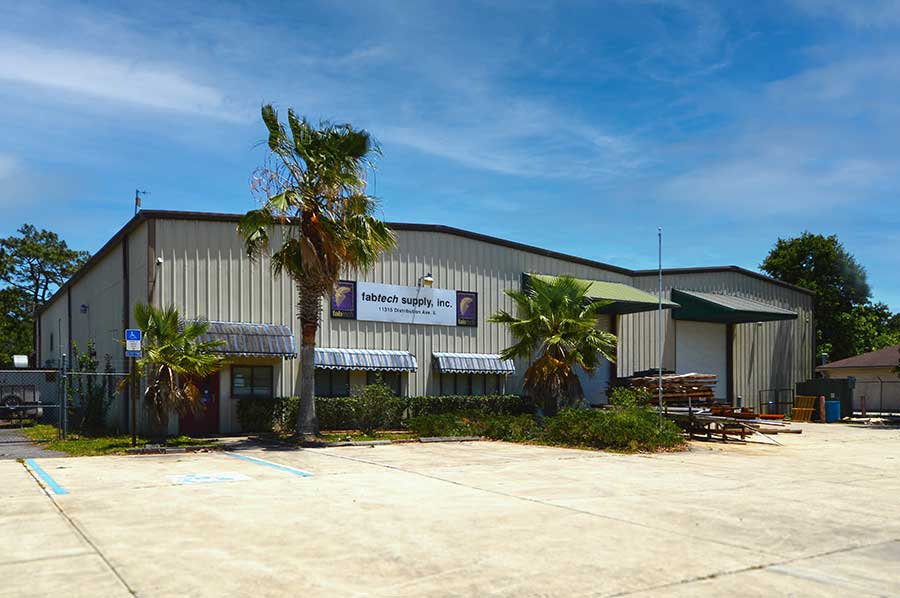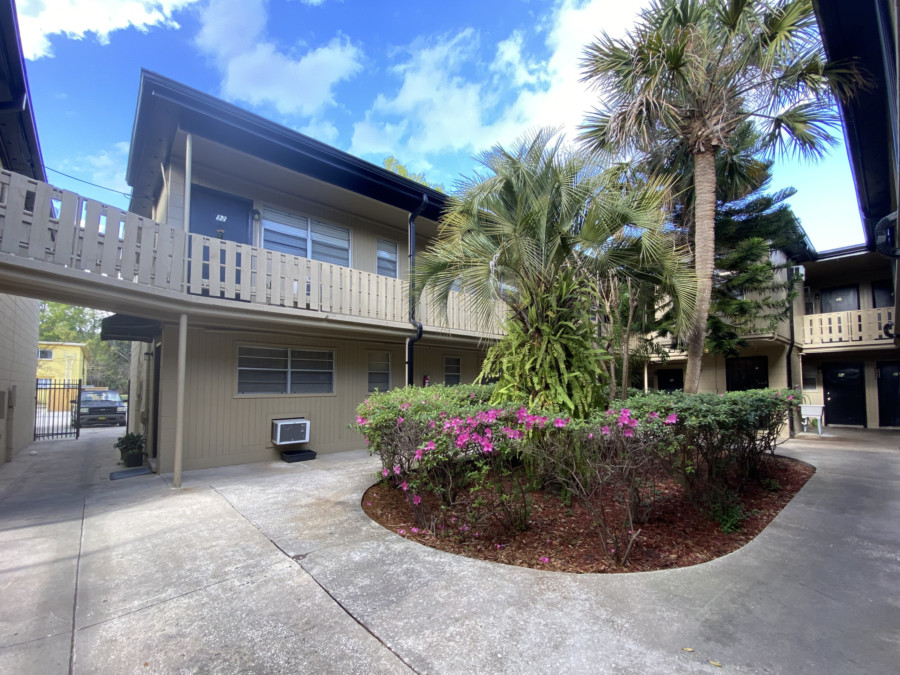
With the recent onslaught of major companies such as Disney and Starbucks requiring employees to return to the office and the challenge of smaller companies looking to attract their employees back to the office, the world has echoed one sentiment: Work, and the workplace, has changed. Coupled with economic challenges leading to slower hiring, many companies are reevaluating the functionality of their offices, and in many cases, choosing to restructure given employees’ preferred work model: hybrid.
Vacancy rates have continued to fall in the Jacksonville office market as companies continue to bring more workers into in-person and hybrid work schedules. As companies look to optimize their office space, more and more are turning to the concept of “hoteling” – a system in which employees reserve a workspace on a daily or weekly basis, rather than having a dedicated desk. While this approach can make way for amenities, it can also create several challenges for employees and managers alike.
How can a company benefit from a more efficient, thoughtful workspace?
Incorporate Hoteling and Hybrid Work Schedules
Through hoteling and desk sharing, companies are able to reduce their workstation footprint and prioritize talent recruiting amenities. With the added flexibility of hoteling systems, it can open up opportunities for hybrid work schedules. Research by Gallup shows that nine in ten employees prefer some degree of hybrid or remote work going forward, and it’s important for companies to adapt to this expectation in order to improve talent retention rates. The option of having days to focus at home and days to collaborate in person gives employees more work style variety, and adds to their quality of life by reducing daily commutes.
Rethink and Improve Office Space
Rethinking the usability of your corporate office presents a unique opportunity for companies to overcome the limitations of traditional office space. By configuring the new space in an inviting and comfortable way, companies can create a more positive and productive work environment for their employees, ultimately leading to more engaged and satisfied teams.
It’s essential that employers prioritize the physical workplace for their employees. Research shows that a more inviting and comfortable atmosphere can improve employee satisfaction and productivity. Incorporating more natural light, plants, and other natural elements into the office and investing in ergonomic furniture and equipment can help to reduce discomfort and fatigue for employees.
Utilize Common Areas and Meeting Spaces
Creating more common areas and meeting spaces can boost the efficiency of a smaller office space. Common areas can help foster a sense of community and collaboration among employees, which improves overall team dynamics and productivity.
Offer Amenities
Attractive amenities such as a wellness room, cafe, game room, or open green space, can help reduce the sting of having to commute and help improve employee satisfaction in the office. Such amenities can improve the overall workplace experience and foster community among employees by providing them with fulfilling spaces to spend downtime.
Improve Office Technology
Finally, companies can use this opportunity to re-evaluate and improve their current office technology and communication infrastructure, to guarantee the office is well-equipped and ready for the future. Given the rate at which technology evolves and improves, this is an excellent way to ensure the office is prepared for technological advances. When it comes to hiring, implementing new technology can aid in attracting and keeping workers who value using the most advanced tools and systems.
The downsides of downsizing
One of the most common challenges of hoteling is the perceived lack of privacy and personalization. Without a designated desk, employees may feel like they are constantly on the move, and they may struggle to find a quiet space to work. Working in a constantly changing environment may be particularly difficult for those who need to make phone calls or work on confidential projects. Employees may feel like they are not able to personalize their workspace and make it their own, which can lead to feelings of disconnection and dissatisfaction.
Another challenge of hoteling is the lack of community and collaboration. When employees are constantly on the move, it can be hard to build relationships and establish a sense of teamwork. This can be especially difficult, as employees may interpret the change to think they are being forced to work in a cramped and uncomfortable environment. By prioritizing meeting areas that foster collaboration, efficiency and functionality in a thoughtful footprint, companies can combat these negative perceptions.
Hotel desk reservation software, which frequently requires additional financial investment, is another potential hurdle with hoteling. While using reservation software to manage desk assignments and schedules can improve efficiency and flow for a flexible team, these tools can come with a cost, either in terms of a one-time purchase price or ongoing monthly fees. However, many organizations find that these costs are offset by the increased flexibility and cost savings they achieve by not having to dedicate a full workstation to each employee.
The positives to reimagining your corporate office space
While restructuring the office can be a challenging adaptation for employees, companies should prioritize creating a space that is inviting and comfortable through careful planning and consideration of employee needs, and ultimately enhance the way that employees perceive working from the office. It’s crucial to incorporate employee feedback, provide clear and transparent communication, and take steps to mitigate any negative effects of change. With this approach, companies can create a space that is not only cost-effective, but a place where employees can thrive and be productive.



